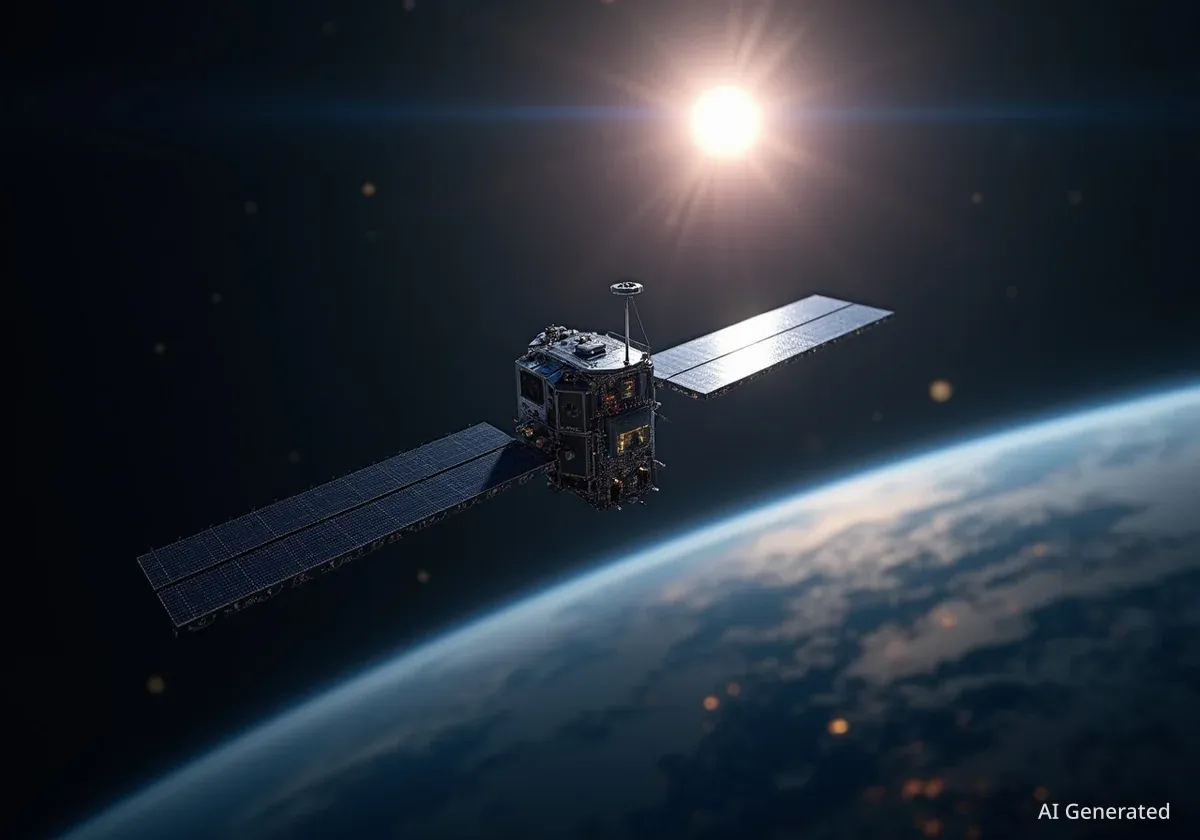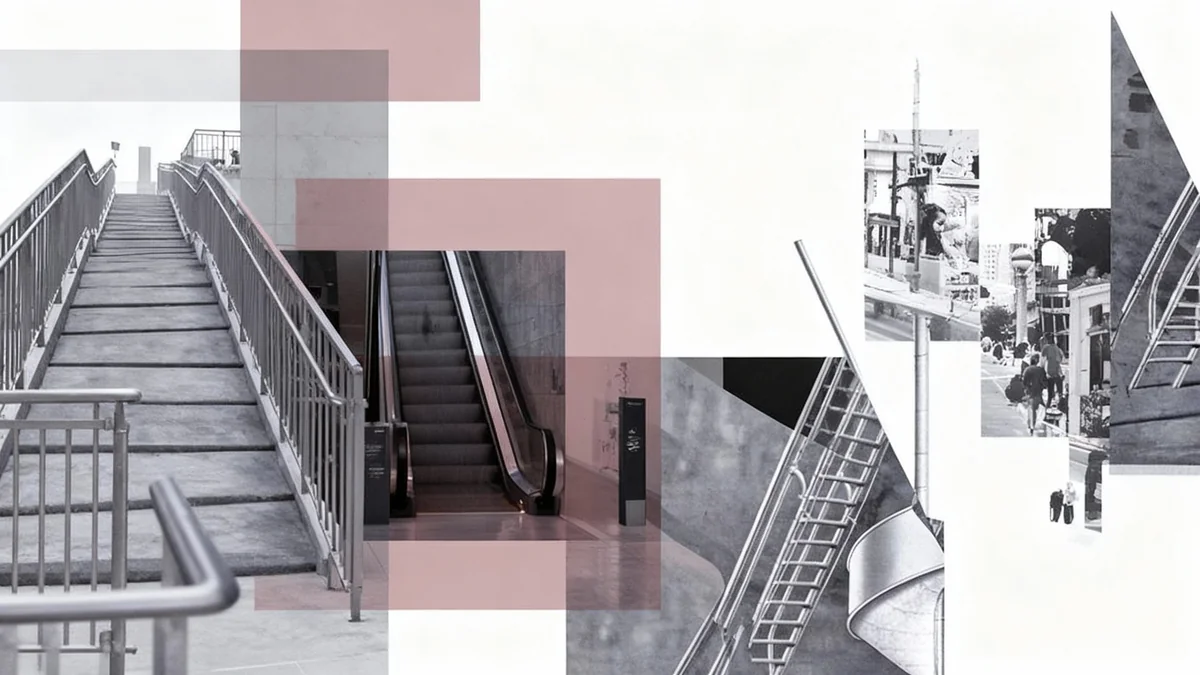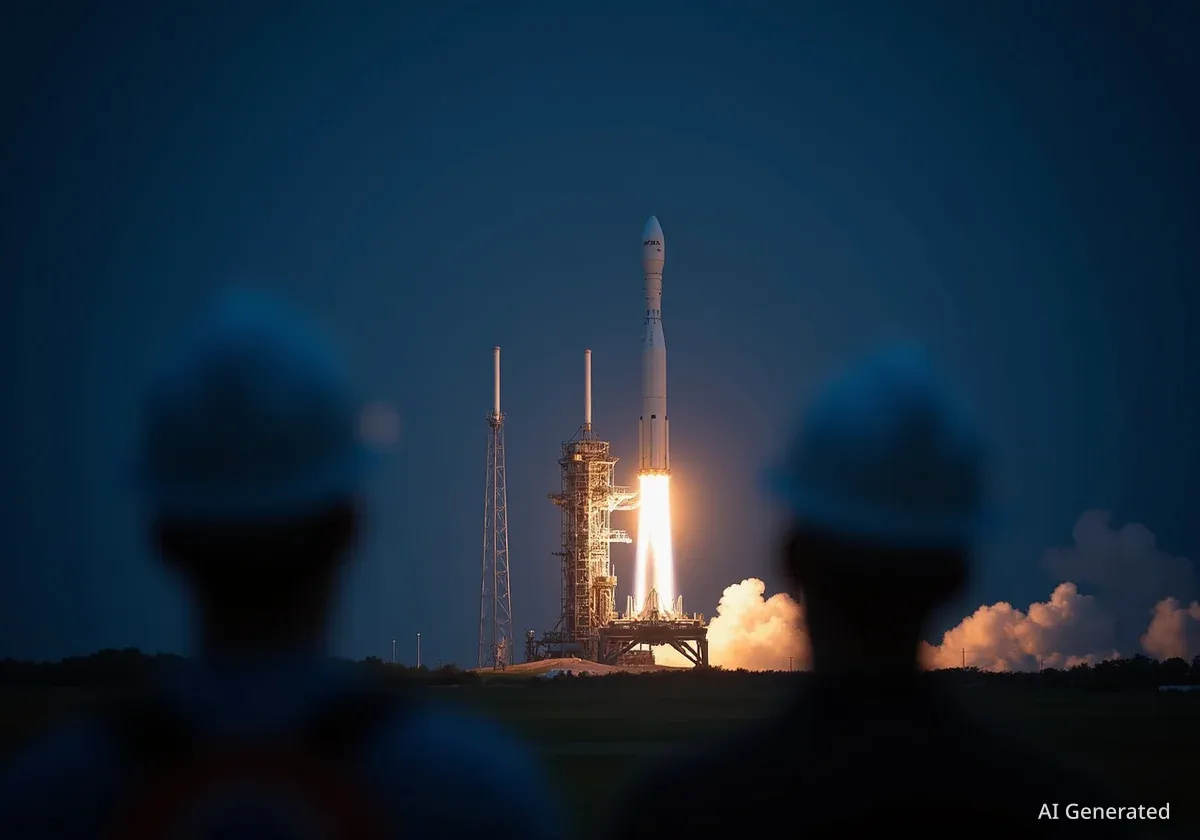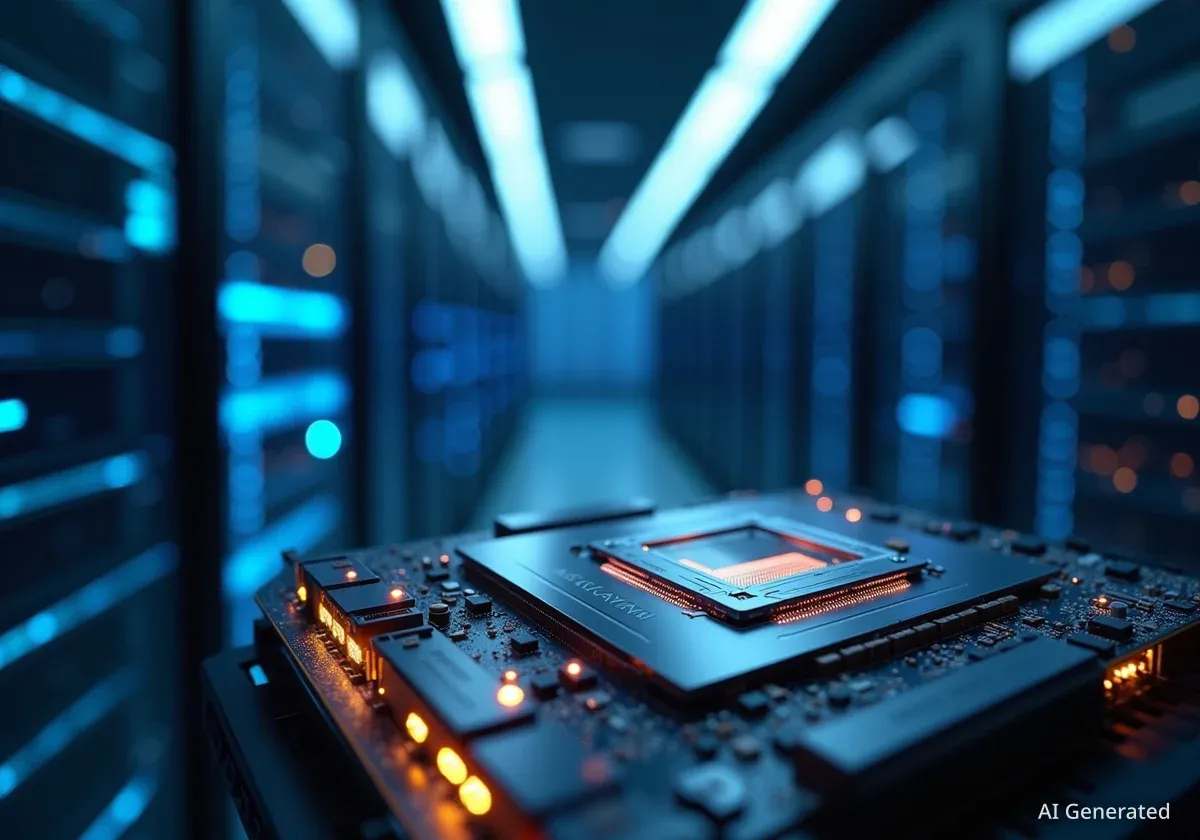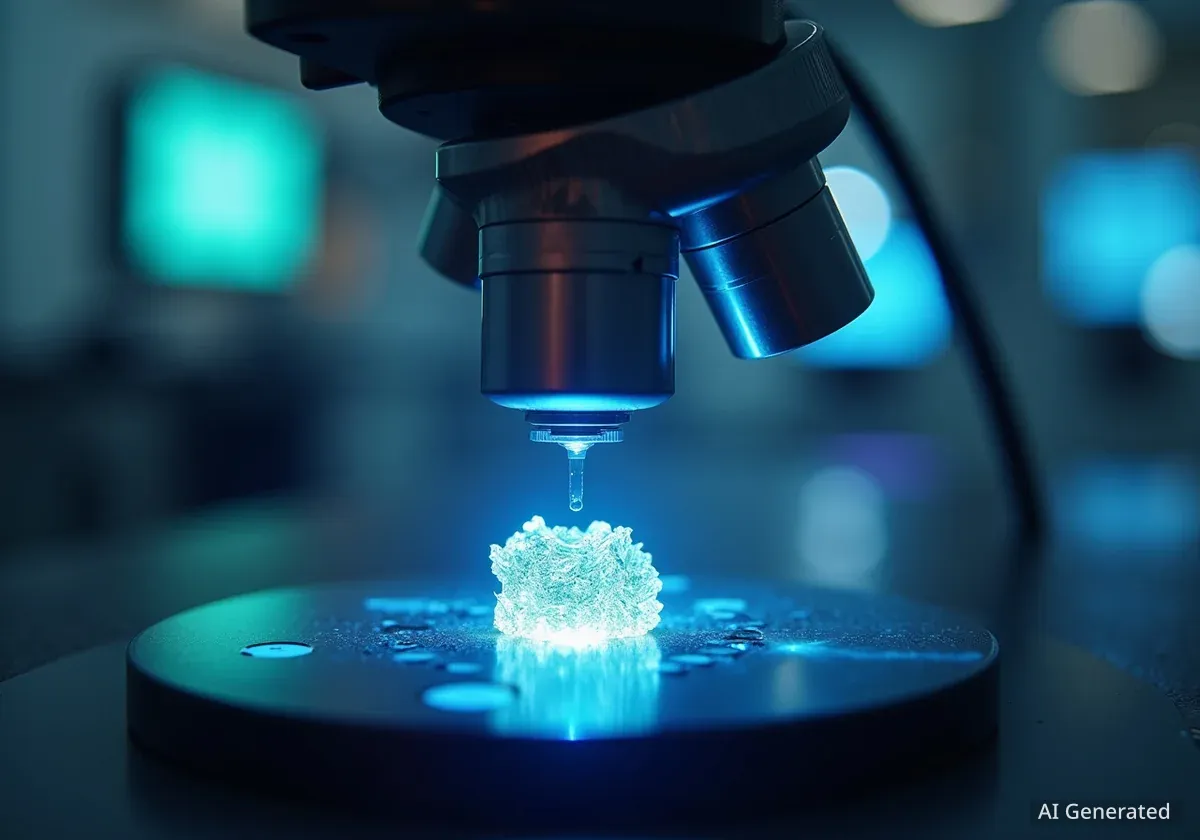The European Space Agency (ESA) has awarded a €50 million contract to aerospace firm Thales Alenia Space to advance the Security And cryptoGrAphic (SAGA) mission. This initiative aims to establish a highly secure communication network using quantum technology transmitted from space.
Key Takeaways
- ESA signed a €50 million contract with Thales Alenia Space for the SAGA mission's preliminary design phase.
- SAGA will use satellite-based Quantum Key Distribution (QKD) to create ultra-secure communication channels.
- The mission is a key component of the European Quantum Communication Infrastructure (EuroQCI) initiative.
- Unlike commercial projects, SAGA is designed specifically to protect classified government and critical infrastructure data.
A Strategic Step for European Digital Sovereignty
The contract, signed on October 1 at the Quantum Europe Forum in Brussels, officially begins the preliminary design phase for the SAGA satellite system. This phase is expected to last two years and will conclude with a preliminary design review, which will determine the project's readiness for manufacturing.
According to officials, the mission represents a significant investment in Europe's technological independence and cybersecurity capabilities. The goal is to develop a space-based system that can securely distribute cryptographic keys over vast distances, protecting sensitive information from interception.
“With SAGA, our aim is to ambitiously advance satellite communications, furthering Europe’s digital sovereignty, cybersecurity and industrial competitiveness in the quantum era,” stated Laurent Jaffart, Director of Connectivity and Secure Communications at ESA.
The agreement was formalized by Antonio Sturiale, Director of Domain Telecommunication Italy at Thales Alenia Space, and Laurent Jaffart of ESA. The signing was attended by Aymard de Touzalin, representing the European Commission, highlighting the collaborative nature of the initiative.
How Quantum Communication from Space Works
The SAGA mission is centered on a technology known as Quantum Key Distribution (QKD). This method leverages the principles of quantum mechanics to generate and share encryption keys in a way that is fundamentally secure.
In traditional encryption, keys can theoretically be copied or intercepted without the sender or receiver knowing. QKD works differently. It encodes keys onto single photons, which are particles of light. According to quantum physics, any attempt to measure or observe these photons will disturb their state. This disturbance immediately alerts the legitimate users that an eavesdropper is present, causing the key to be discarded.
Tamper-Proof by Nature
The security of Quantum Key Distribution is not based on complex mathematical problems but on the fundamental laws of physics. The act of observing a quantum system changes it, making any interception attempt instantly detectable. This provides a level of security that current digital encryption methods cannot guarantee.
By placing this technology on satellites, ESA plans to create a secure network that can cover the entire European continent and beyond. This space-based system will complement ground-based fiber optic quantum networks currently being developed by European Union Member States.
Part of a Broader European Strategy
SAGA is a crucial element of the wider European Quantum Communication Infrastructure (EuroQCI). This ambitious initiative, jointly managed by ESA and the European Commission, aims to build a secure quantum communication network across Europe. The network will integrate terrestrial and space-based systems to ensure robust and resilient connectivity.
The EuroQCI is intended to become a central pillar of Europe's cybersecurity strategy, safeguarding critical sectors including:
- Government and defense communications
- Energy grids
- Healthcare data
- Financial transactions
- Emergency response networks
Distinguishing SAGA from Other Missions
While ESA is involved in other quantum communication missions like EAGLE-1 and QKDSat, SAGA has a distinct purpose. Those missions are primarily focused on developing commercial quantum communication services. SAGA, however, is tailored specifically for governmental use, designed to handle classified and critical data related to national and public safety.
Thales Alenia Space will lead the development of key technologies and system prototypes required for the satellite's operation. Hervé Derrey, CEO of Thales Alenia Space, emphasized the project's importance for the continent.
“By leveraging its longstanding expertise in secure space communications and cutting-edge quantum technologies, Thales Alenia Space is proud to collaborate with ESA and multiple European space agencies for a secure and resilient connectivity infrastructure that will benefit governments and citizens alike,” Derrey said.
The Future of Secure Connectivity
The development of the SAGA mission marks a proactive step by Europe to prepare for the quantum era. As computing power advances, many current encryption standards could become vulnerable to being broken by future quantum computers. A space-based QKD network provides a forward-looking solution to this emerging threat.
The successful demonstration of SAGA's capabilities will not only protect critical European infrastructure but also position the continent as a global leader in quantum technologies. The project paves the way for future commercial applications in optical communications, strengthening Europe's industrial competitiveness on the world stage.

